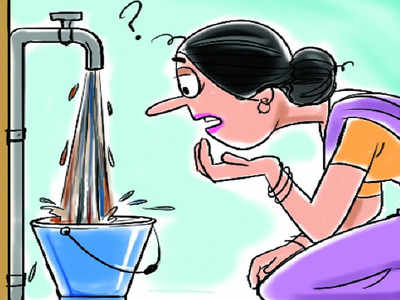The Indian Express 20.08.2012
Water wastage: 1,002 challans by civic body fetch Rs 20 lakh
The Municipal Corporation has issued 1,002 challans against city
residents wasting water as compared to just two last year. With the
amount of fine being increased to Rs 2,000 this year, an amount of more
than Rs 20 lakh was collected by the civic body.
The Municipal Corporation holds special drives in the peak summer
— from April till June — for checking misuse of water. Washing of cars
and courtyards using hosepipes or watering of lawns is banned during
morning in these months. Challans are also issued in case of leakage
from coolers. A total of 14 teams were constituted by the civic body for
conducting checks in different sectors.
In the past, the Municipal Corporation issued notices, but not
issued challans in such a large number. During the special drive last
year, two challans were issued. In 2010, the number of challans was 52
while in 2009 the number stood at 16. This year instead of just issuing
notices, more than 1,000 residents were challaned. The amount of fine
was also increased this year from Rs 500 to Rs 2,000 with the aim of
making this a deterrent.
Superintending Engineer (Public Health) R C Diwan says the
challans issued this year were more than the previous years. “The aim
was to ensure that people do not waste water. During the peak summer
months, the demand for water is high and complaints of low-water
pressure are received from the residents staying in the upper storeys.
Wastage has to be prevented to ensure that people get water for their
basic needs,” he adds.
However, with the city receiving good rainfall, the demand for water
has also reduced. Officials claim that there is almost a 50 per cent
decrease in the demand and the water pressure on the upper storeys is
sufficient since water is not required for watering of lawns or filling
coolers due to the decrease in the day temperature.
Tertiary treated water in the pipeline
The civic body has completed the construction of the underground
water reservoir in Sector 48. With the inauguration of the reservoir,
gardens and greenbelts from sectors 48 to 56 would receive supply of
tertiary treated water. This would facilitate saving drinking water. The
housing societies in these areas which want tertiary treated water for
irrigation can apply for a connection with the Municipal Corporation.
With the southern sectors housing a substantial population of the city,
the supply of tertiary treated water is expected to ease out the water
woes, especially for the residents of the upper storeys.

